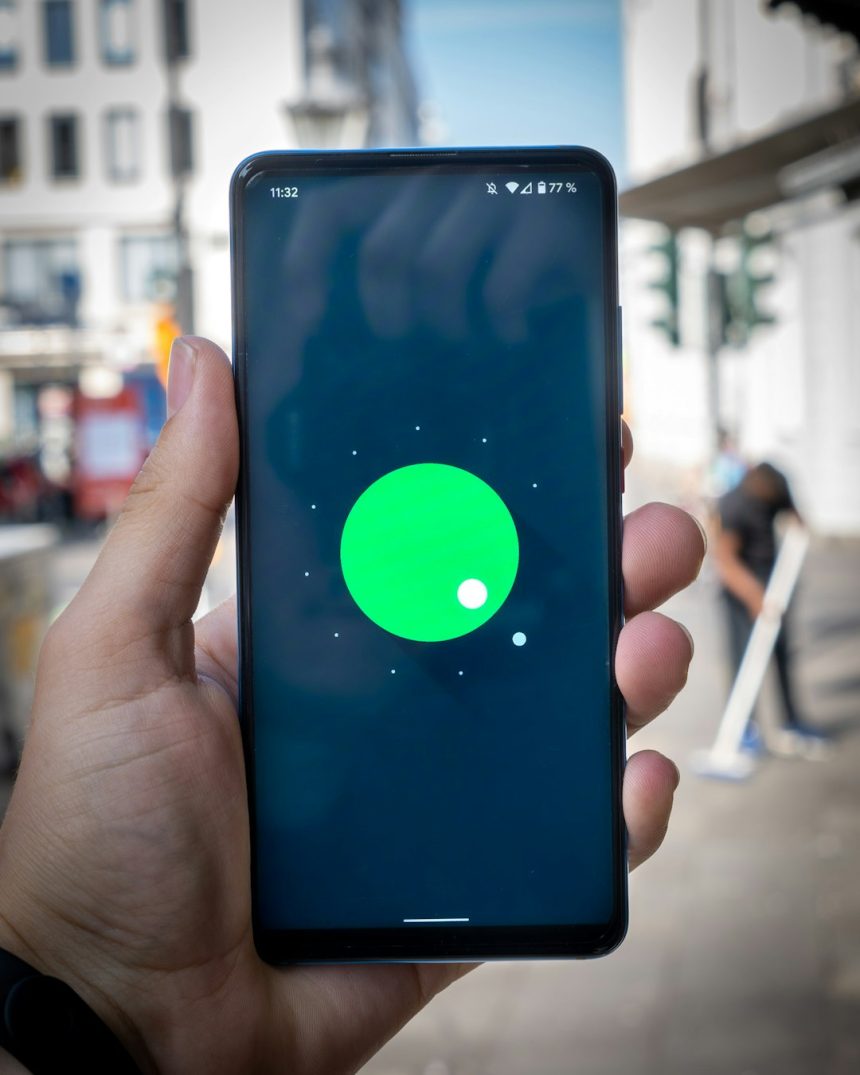As the digital age evolves, QR codes have become a popular tool for quickly connecting users to information, websites, or applications. However, despite their widespread usage, they are not the only game in town. Businesses and organizations looking for alternatives might explore options that offer greater flexibility, enhanced functionality, or even more appealing designs. Here, we take a look at some alternatives to QR codes that are gaining traction in various industries.
1. NFC (Near Field Communication)
Near Field Communication (NFC) is a wireless technology that enables devices to share information simply by being in close proximity. Unlike QR codes, which require users to open a camera app and scan a code, NFC works seamlessly by tapping a compatible device against an NFC tag or chip. This technology is already widely used for contactless payments, ticketing, and sharing digital business cards.
An advantage of NFC is its ease of use, as it eliminates the additional step of opening an app to perform the interaction. However, adoption might require specialized hardware, such as NFC-enabled smartphones or tablets. NFC can also store more complex data compared to QR codes.
[ai-img]nfc, smartphone, wireless[/ai-img]
2. RFID (Radio Frequency Identification)
Radio Frequency Identification (RFID) is another alternative that operates using radio waves. While traditionally used for inventory management or tracking goods, RFID is expanding into customer engagement scenarios. RFID can store more data and doesn’t require any visual interaction like scanning.
For example, RFID-enabled wristbands are increasingly common at events and festivals, allowing attendees to make cashless payments or access specific areas. The limitation lies in the infrastructure cost, as RFID readers typically need to be installed by businesses to interact with the tags.
3. Image Recognition
Image recognition is a cutting-edge technology that uses artificial intelligence to identify objects, logos, or barcodes in an image. Unlike QR codes, which require a dedicated boxy pattern, users can simply take a photo or scan an object, and image recognition software will process the information.
This method is particularly useful for branding purposes. For instance, customers could scan a company’s logo to quickly access a promotional deal or product page. While this alternative eliminates the need for a conspicuous QR code, it may require advanced AI and server-side processing to work efficiently.
[ai-img]image recognition, camera app, artificial intelligence[/ai-img]
4. Bluetooth Beacons
Bluetooth beacons are small devices that broadcast signals to nearby Bluetooth-enabled devices. These signals can trigger specific actions, such as opening a webpage or launching an app. Beacons are often used in retail environments, museums, or airports to provide location-based information or customized content.
Compared to QR codes, Bluetooth beacons offer a more dynamic interaction. However, for the technology to function, users must have Bluetooth enabled on their devices, which may be considered a drawback by some.
5. Augmented Reality (AR) Markers
Augmented Reality (AR) markers function similarly to QR codes but provide a more immersive experience. By scanning an AR marker, users can view 3D objects, videos, or animations, enhancing their engagement with the content. These markers are particularly appealing in marketing campaigns or educational settings.
While AR markers can be highly engaging, users typically need a specialized app or AR-enabled browser to interact with them, which may limit their accessibility.
6. URLs in NFC-Embedded Cards or Smart Stickers
Companies have started creating NFC-embedded business cards or smart stickers. These items allow users to tap their phones to instantly open web pages, download contact information, or access digital menus.
While these may not seem drastically different from NFC tags, the design opportunities make them stand out. An aesthetically designed card or sticker can carry branding while incorporating seamless technology.
[ai-img]smart card, contactless technology, branding[/ai-img]
7. Short URLs or Hyperlinks
Sometimes, simplicity is the best alternative. Instead of relying on scannable codes, businesses can use short, memorable URLs or hyperlinks to direct audiences to specific online destinations. Paired with creative design, these links can be printed on brochures, posters, or product packaging.
This approach minimizes technical barriers, as users only need to type in the link into their browser. However, it does lack the instant convenience offered by scanning technologies.
FAQ: Alternatives to QR Codes
- Q: Why should I consider an alternative to QR codes?
- A: Alternatives may offer better user experiences, enhanced functionality, or alignment with branding goals. Some technologies also eliminate the need for visible designs like traditional QR codes.
- Q: Are QR code alternatives more secure?
- A: Security depends on the technology used. For instance, NFC and RFID generally offer encrypted communication, whereas QR codes are static and may be more susceptible to tampering.
- Q: Can users easily adopt these alternatives?
- A: Adoption varies by technology. NFC and Bluetooth, for example, require compatible devices, while short URLs and image recognition rely on commonly available apps and tools.
- Q: Which alternative has the widest compatibility?
- A: Short URLs and hyperlinks require no special hardware, making them the most universally accessible option. NFC and Bluetooth require specific device capabilities.
In conclusion, businesses and organizations have numerous options when it comes to replacing QR codes. Choosing the right alternative depends on their target audience, use case, and technological infrastructure.











